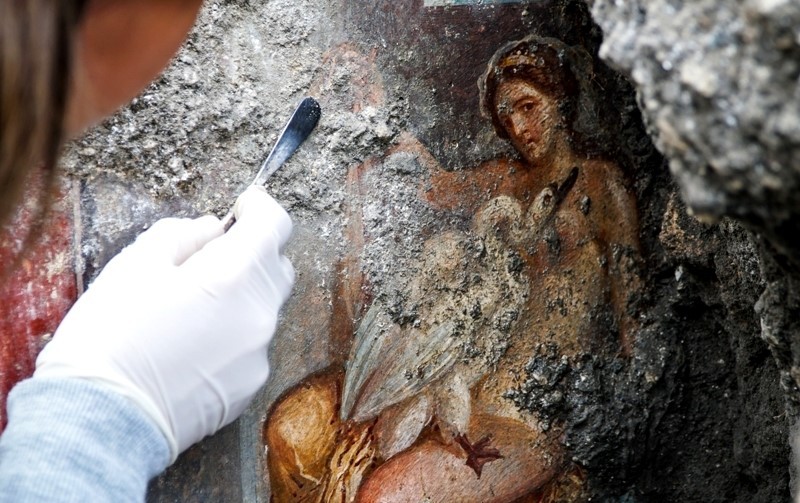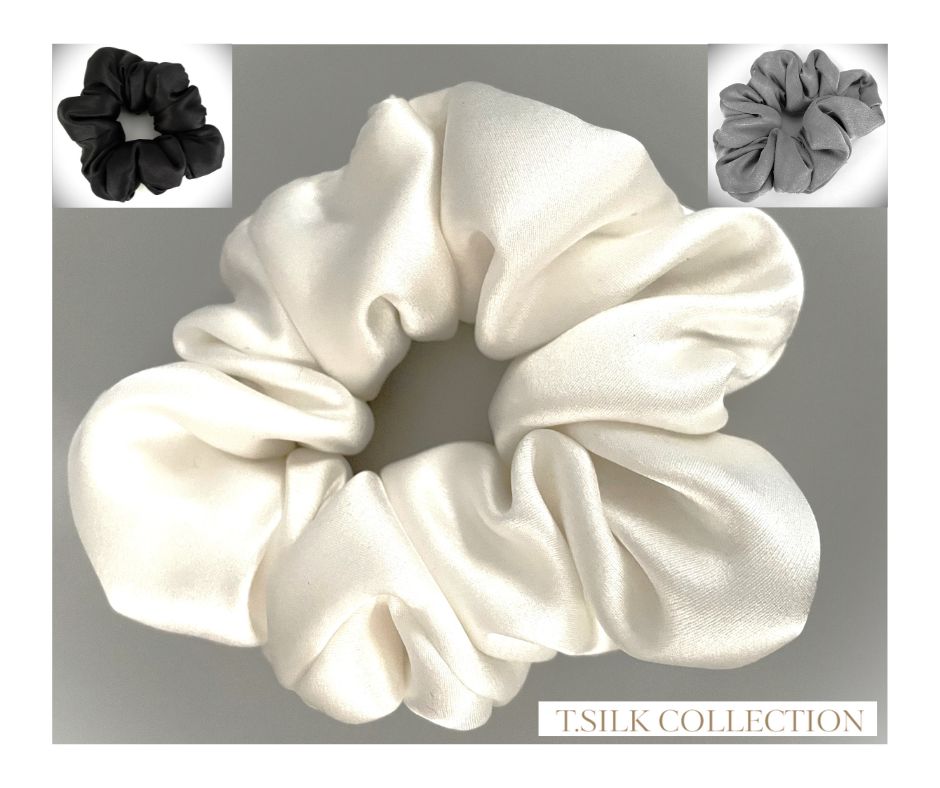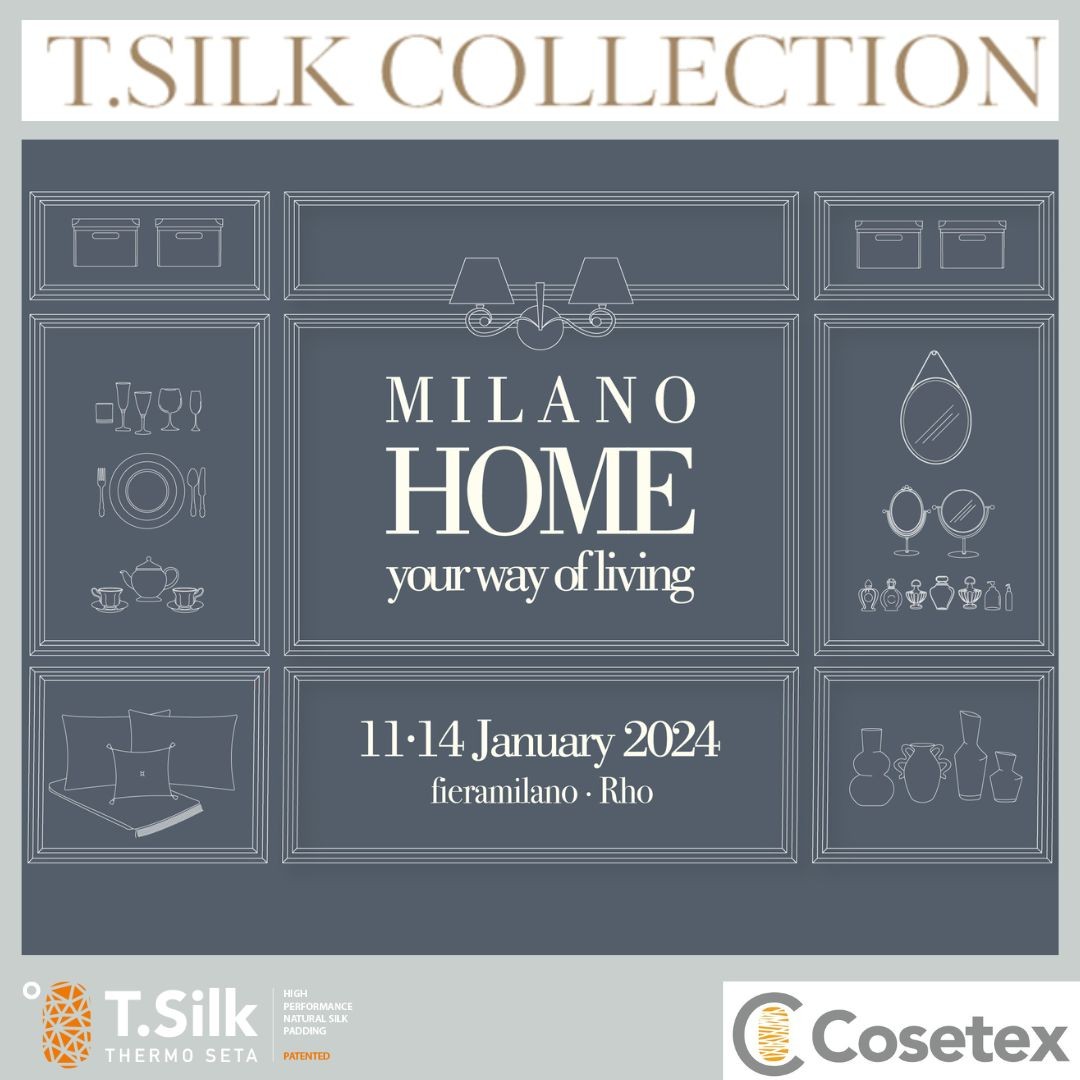T.SILK COLLECTION presents the revolutionary soft and innovative silk scrunchies and hair elastics. Mulberry silk scrunchies developed from the research and experience of Cosetex...
The Naples National Archaeological Museum and its collection of the Ancient Roman Textiles
We are in Pompeii, and the “Grande Pompei” project is reporting uninterruptedly a series of sensational news and discoveries.
In 2018 alone, the archeologists discovered the beautiful Casa di Giove, which according to them was the home of the eccentric and powerful Roman senator Nonius Balbus, the second known fresco depicting the God Priapus, a wonderful and sensual painting depicting the reunion of Jupiter, turned into a swan, and Leda, wife of Tyndareus, king of Sparta.
They also rediscovered the vivid Pompeian red color within the so-called “Street of the Balconies”. According to the scholars, it is “a color so intense that is looks freshly painted”. Another find from the same 2018 is the skeleton of a man who died at the age of thirty-five — and unlike others we know of, he died neither from asphyxiation nor flames: he seems to have been crushed by a boulder weighing 200 kilos while trying to escape.
MANN, the Naples National Archeological Museum

At the biennial Exhibition of Art and Restoration in Florence the MANN presented previously unpublished research results. About 150 finds, coming mostly from Pompeii and the surrounding area, were recovered from under the layer of ashes and pumice stone that remained after Vesuvius had erupted in 79 AD.
The representatives of the museum also announced a very special exhibition that will take place in summer 2019. For the first time ever, the world will get a chance to see a collection of textiles from Ancient Rome.
These unique pieces of cultural heritage were preserved in Pompeii until today thanks to Pompeii’s exceptional setting: no insects or bacteria — that would have normally destroyed the artifacts in the course of years — could get through the volcanic ash.
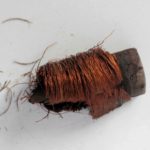
Among the rarest and most precious pieces there is a spool with a silk thread and threads of gold, a purse, linen, wool, hemp, a knitted silk fabric which according to a recent radiocarbon analysis dates back to the fifteenth or the sixteenth century BC.
Finds, discoveries, frescoes and writings tell us and confirm how light and colorful silk fabrics represented the most coveted status symbol for the Romans of the imperial age. From the first century AD luxury goods, including silk fabrics, regularly arrived to Rome along the Silk Road.
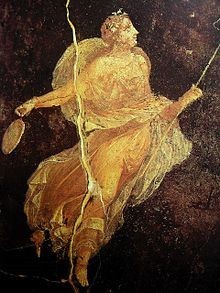
Various sources mention that when Caesar came back to Rome from Anatolia, he brought with him some of his enemies’ flags. The latter were made of a glittering unknown fabric that provoked an extraordinary interest: it was silk.
Some other sources instead suggest that those flags travelled to Rome after the defeat of Crassus in the battle of Carrhae in 53 BC
The impact of old scriptures had on this specific fabric
The surprise and uniqueness of that fiber led many writers of those times to talk about it, sometimes misrepresenting its origins as it it was coming from the leaves of some tree:
“Or how the Seres comb from off the leaves Their silky fleece?” (Virgil, Georgics, Book 2, 12)
or the ways of production: take, for example Pliny the Elder who believed it was a woolly substance gathered in the forests produced by mysterious leaves.
“The first of the People that are known are the Seres, famous for the fine Silk that their Woods yield. They collect from the Leaves of the Trees their hoary Down,and when it is steeped in Water they card it” (Pliny the Elder, Natural History)
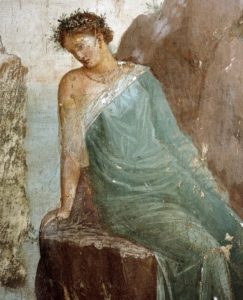
Even censors and philosophers like Seneca criticized the Roman custom of spending money to obtain fabrics which were appreciated for their transparency and used for purposes that were considered immoral. The Roman Senate issued several edicts to prohibit the use of silk.
“I see silken (Seric) garments, if they can be called garments, which cannot afford any protection either for the body or for shame”
